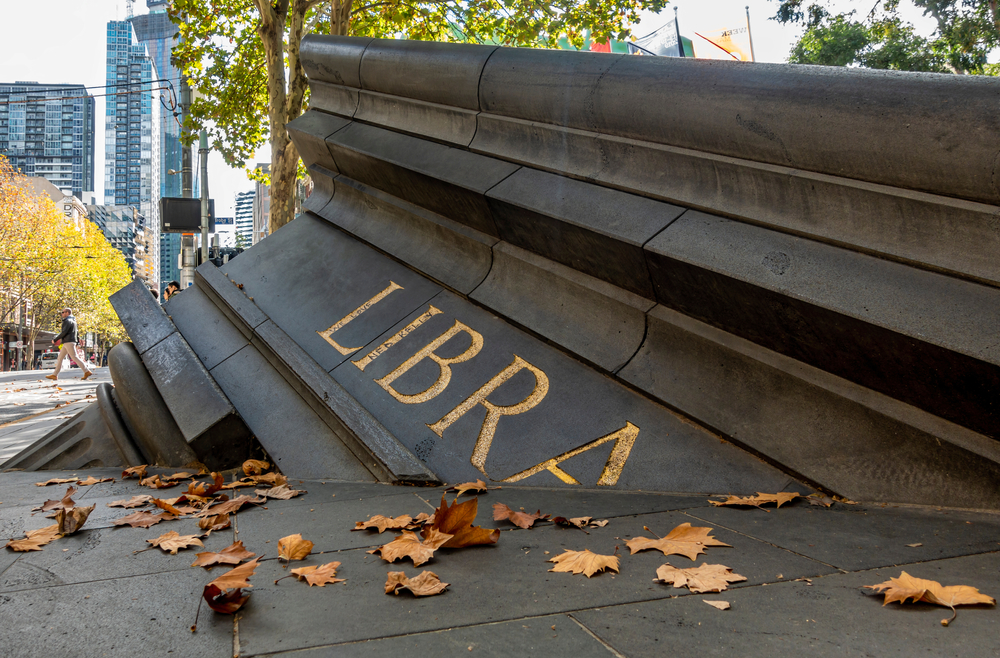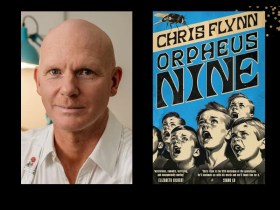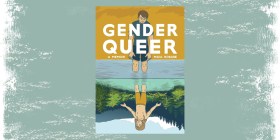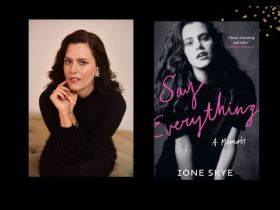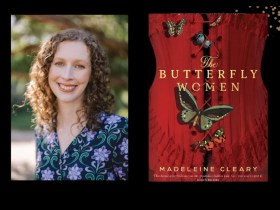The national not-for-profit organisation, Australia Reads recently presented VOLUME symposium, an online discussion aimed at unpacking Australia’s reading engagement. The symposium was held a week after Creative Australia tabled its National Arts Participation Survey 2022 (NAPS), which showed that the proportion of Australians who read for pleasure has decreased by 3% (69%, down from 72% in 2019).
While 3% may not sound staggeringly high, it is a significant drop in a short period, and is in line with Australian Bureau of Statistic (ABS) findings that 44% of Australians have low or very low literacy rates. Australia Reads’ own investigations through its 2021 National Reading Survey (NRS) add to the picture, reporting that ‘25% of the general Australian adult population have not read or listened to a single book (in any format) in a year’.
Collectively, this data offers a warning – but a warning that is not outside of a grasp at change. Head of Australia Reads, Anna Burkey, outlined some of the challenges – and the opportunities – faced by the sector in reversing that downward swing during her presentation at the VOLUME Symposium.
‘Of the 25% of Australians who didn’t read a book in last year, and the 28% of young people who don’t choose to read for pleasure, we need to know why, and what interests them,’ said Burkey, ‘because we need to ensure, as a country, we can sustain the essential work toward literacy, and to expand new readers and respond to changing ways of reading.’
One of the biggest discussion points across the symposium was the destigmatising of literacy levels, and breaking down of traditional reading etiquettes. ‘By reading, I mean reading in all its forms and formats,’ said Burkey. ‘From beautifully made paperbacks to that one-click magic of getting an ebook instantly.’
There was also a robust discussion of the role graphic graphic novels (GNs) can play as a gateway to reading habits and literacy.
Virtually addressing booksellers, authors, librarians, Indigenous literacy workers and readers, Burkey described the literacy advocacy ecosystem as 30,000-strong, with each having to play a part if Australia is to increase its literacy rates. In a two-part story, ArtsHub will unpack some of those discussions.
Jump to:
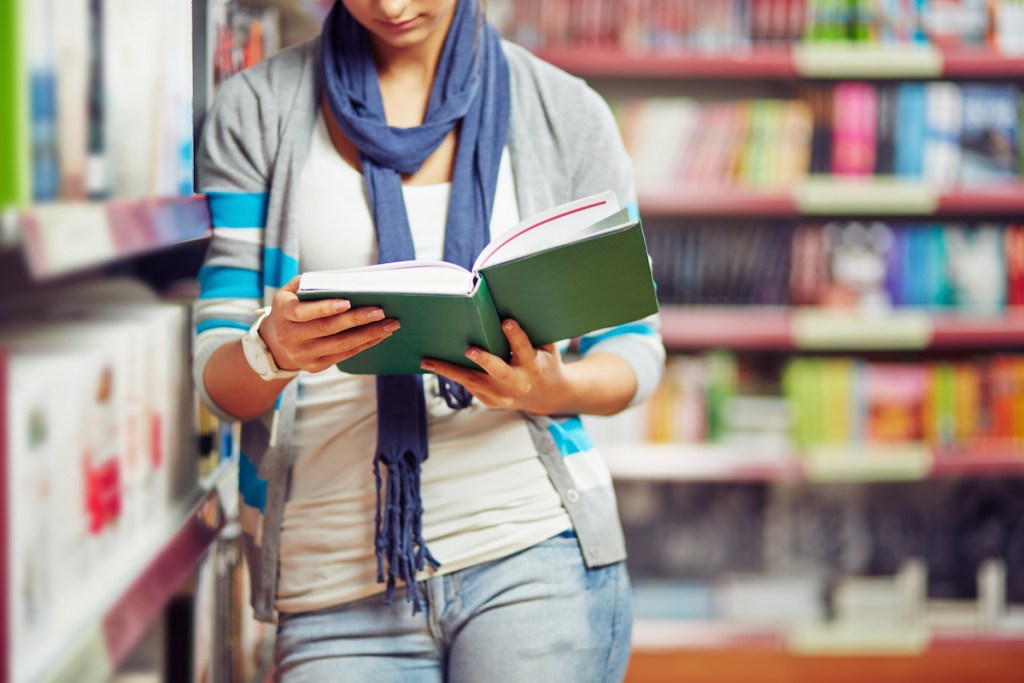
Crushing stigma and adult literacy
‘What is it that motivates people to pick up a book, and what stops them? And do we understand that?’ asked Burkey, regarding the first hurdle to crushing stigma.
In a panel discussion titled ‘Roadblocks to reading’, CEO of the Indigenous Literacy Foundation, Ben Bowen said that, in society, ‘we see people reading as introverted or antisocial; we need to build more robust ideas around that’. He has been doing that by bringing a milk crate of books along to soccer training to ‘stop the kids running amok at the sidelines’, so they can pick the books up at their own will.
‘Access is not just access to books – free access – but the access to seeing people read. That behaviour of reading is so important,’ Bowen added. As a First Nations man working on improving literacy in Community, Bowen said he sees a real stigma attached to adult literacy. ‘To put a book in someone’s hand can be confronting if they can’t read and write in a traditional sense. We tend to market literacy on our ability to read and write material, but there’s a real hierarchy with that material, and it sits there as another roadblock.’
Bowen used the analogy of his past career working in technology, and realising his literacy in a coding world was very poor, despite being an avid reader. He spoke of the skill of storytelling on Country. ‘Those skills are there, but we just don’t see them transferred onto the page. People with low literacy can participate in the world, because they have really strong coping mechanisms, so we need to build on those coping mechanism to get them to the next level of access and reading.’
He added that it is a problem not exclusive to Community. ‘In the office, if someone brings a trashy rom-com book, there is almost a shame that goes with that material. But if you pick up another book, you’re seen as a better reader.’
Anita Planchon, Director, Strategy and Engagement, Libraries Tasmania, was also passionate about this topic, identifying adult literacy as a huge barrier. ‘One of the important roles of libraries is to try and break down the stigma around that, and increase skills in a way that fits in with their complex and busy lives, by providing support for them to crack the code and use reading in their daily lives, and then move on to reading for pleasure.’
What are other roadblocks to reading?
Also on the panel, Professor Robyn Ewing AM, co-Director, CREATE Centre, made the point that one in six children in Australia are living in poverty, and ‘don’t always have the opportunity to have time with parents and caregivers to read together, and do not have access to quality literature or their own books’.
‘Those things are so important in learning to be readers and learning to enjoy the pleasure of reading,’ said Ewing.
Bowen added: ‘Reading is bloody hard as a kid. We forget that as adults, when we can read and it becomes this joyful experience. We forget it is not always a joyful experience for kids. We need to lose the judgement that you get to a competent level and [forget] that you have to keep reading to grow. And, most importantly, [we must not] put shame on someone learning at a slower rate.’
He made the point that we have nurtured an idea of sitting down quietly to read – that it is a solo activity. ‘But in our communities, we are never alone,’ said Bowen. ‘We have this etiquette that we overlay on books. We don’t need to go into all the rules – how to read properly – but rather build upon the strengths that they can just do it, and the fun interaction of building a community around books.’
It is a habit that Bowen tries to foster in his personal life. ‘My wife and I read to our kids every day, but our kids never see us read. We are always busy with work and the kids, and reading time is us winding down in bed when they are already in bed – so they don’t see us modelling that behaviour.’
He added that they have been working on that, sitting down without the TV and having a cup of tea and reading, adding that it’s ‘the little steps’ in modelling behaviours that work.
Read: Five tips to get you reading again
Ewing noted that there are so many kinds of literacies, and we have to keep learning how to read in different sorts of ways. ‘One of the reasons around that roadblock of time for people is that, for many adults over 40, they haven’t seen reading as an ongoing process and kept it up, and their literacy rates are dropping.’
Burkey added: ‘Reading is a skill you can lose just like any other… For me that reinforces the importance of promoting reading for pleasure – even if it is motorcycle maintenance – but making it possible to continue using that skill throughout their lives.’
The National Reading Survey (NRS) also found: ‘Occasional readers can become frequent readers by reading 10 minutes before bed every night. At the average rate of 300 words per minute, they will read 90,000 words (average length of a novel) a month, and so at least 12 books a year.’
What the symposium showed is that there is a mix of really great data that demonstrates that change is very possible. ArtsHub will unpack some of these opportunities for growing reading in a second story next week.
VOLUME was presented online, Thursday 21 September 2023 by Reading Australia, with support from Creative Australia. To watch the full program.
Key data from 2022 NAPS and 2021 NRS
- 42% of us are occasional readers – reading one book every 15 weeks at most (NRS)
- reading for pleasure is most common among younger Australians aged 15 to 34 (73%) (NAPS)
- a third of the general Australian adult population (28%) are reading on average one to two books a month (NRS)
- the proportion of Australians aged 65 and over who read for pleasure has dropped significantly (from 77% in 2019 to 68% in 2022) (NAPS)
- the most popular reading format is novels or short stories, with 46% Australians reading this type of text in 2022 (NAPS)
- women are significantly more likely to read novels and short stories (55% compared to 37% of men)
- men are more likely to read graphic novels and comics (17% compared to 11% of women) (NAPS)
- respondents with an income below $40,000 are the least likely to read for pleasure (61% compared to 73% of those earning $100,000 or more) (NAPS)
- three in five Australian readers turn to ebooks (60% up from 57% in 2019) (NAPS)
- however, 34% claim never to read ebooks (NRS)
- a third of all Australians listen to audio books (34% up from 31% in 2019) (NAPS)
- 52% have never listened to an audio book (NAPS)
- 89% of Australian readers don’t really mind if a book has been out for a while (NRS)
- 35% of Australian readers make a conscious effort to read more of the “classics” (NRS)
- over half of Australian readers (52%) usually find time to read books right before bed (NRS)
- 51% wish for more reading time, and the other half (46%) are satisfied with their reading time (NRS), and
- 64% of Australian readers cited ‘watching TV and movies at home’, while 46% cited ‘social media/internet browsing’ as the other leisure activities most likely to compete for their reading time (NRS).
